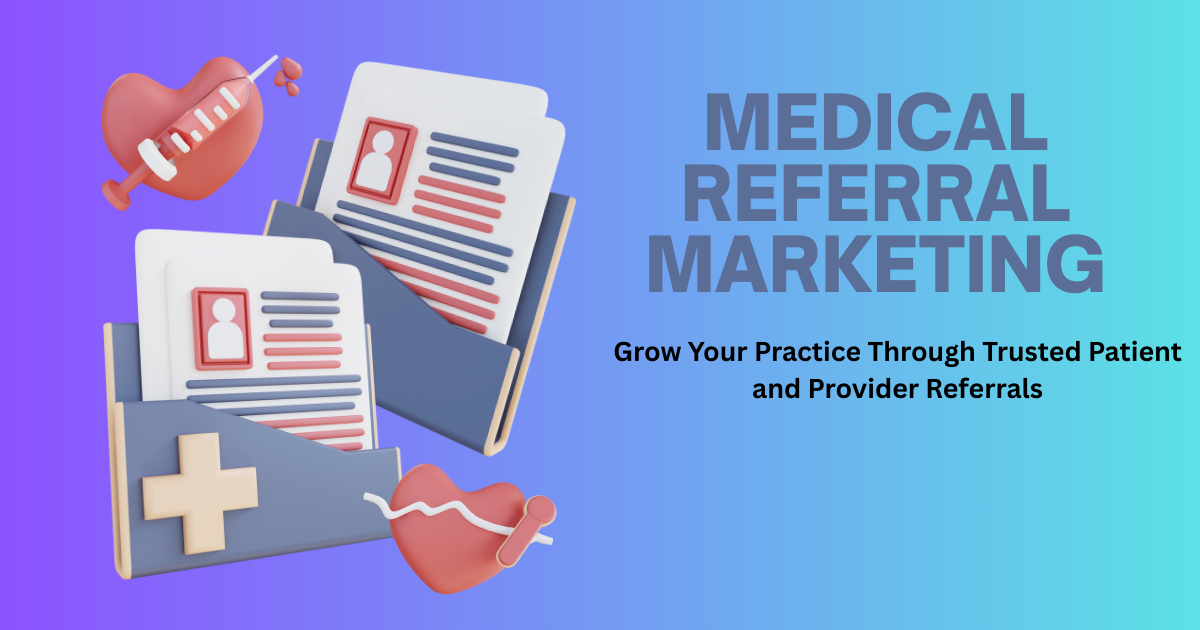Social media platforms have revolutionized how businesses connect with their audience, making them indispensable for product promotion. Whether you’re launching a new product, rebranding an existing favorite, or looking for a way to reconnect with your customers, social media marketing offers unparalleled opportunities.
This blog post will provide actionable strategies to help you maximize the potential of social media marketing and boost your product promotion significantly. By the end, you’ll be equipped with key insights to take your social media game to the next level.
Why Use Social Media for Product Promotion?
Social media isn’t just about photos, memes, or viral challenges anymore; it’s a powerful marketing tool. Statistics show that 58.4% of the global population, or around 4.62 billion people, actively use social platforms. This means that your potential customer base is likely already spending time on these platforms, waiting for your product to catch their attention.
Key advantages of promoting your product on social media include:
- Cost Efficiency: Many platforms allow you to start promoting your product for free or with minimal cost using paid, targeted campaigns.
- Greater Reach: Connections, hashtags, and algorithms enable brands to interact with existing and potential customers across geographies.
- Real-Time Engagement: Unlike traditional marketing channels, you can engage directly with your audience and gather instant feedback.
Strategies for Boosting Product Promotion on Social Media
1. Define Your Goals and Audience
Before creating content or running campaigns, it’s crucial to establish clear goals. Ask yourself:
- Are you looking to drive direct sales?
- Do you want to increase brand awareness?
- Are you aiming to build an engaged online community?
Once your goals are clear, identify your target audience based on factors like:
- Demographics (age, income, location)
- Interests (hobbies, preferred products)
- Habits (platform usage frequency, types of content consumed)
For example, if you’re targeting Gen Z, TikTok is likely your go-to platform. If your audience includes professionals, LinkedIn might be better suited.
2. Choose the Right Platforms
Each social media platform has its strengths. Picking the right one(s) depends on your product and audience:
- Instagram: Ideal for visually appealing products like fashion, food, or travel experiences.
- Facebook: Great for community building and reaching a diverse audience.
- TikTok: Best for brand discovery among younger audiences.
- Pinterest: Perfect for visual content like DIY or home decor products.
- Twitter: Ideal for engaging in trending conversations or promoting timely offers.
- LinkedIn: Works well for B2B products or services aimed at professionals.
Pro Tip: Don’t spread yourself too thin. Focus on one or two platforms where your target audience is most active.
3. Create High-Quality, Shareable Content
Content is king on social media, and quality often beats quantity. Here’s how to create content that grabs attention:
- Develop Eye-Catching Visuals
Strong imagery and video are essential. Platforms like Canva or Adobe Express are perfect for creating appealing graphics. For videos, use tools like CapCut or Adobe Premiere Rush to edit professional-looking short clips.
- Use Storytelling
People connect with stories. Share the story of your product, such as its development process, the problem it solves, or how customers use it in their daily lives.
- Include Tutorials and How-To Content
Educational content can build trust. For example, make a short video on “5 ways to style this jacket” if you’re promoting apparel.
- Engage with User-Generated Content (UGC)
Run campaigns encouraging your followers to share content featuring your product. Feature their posts on your profile to build community and authenticity.
4. Leverage Influencer Marketing
Collaborating with influencers can significantly expand your product’s reach. When done right, influencer marketing offers authenticity and credibility to your brand.

Here’s how to make the most out of influencer marketing:
- Pick the Right Influencers
Collaborate with influencers who align with your brand values. Micro-influencers (5k–50k followers) often have high engagement rates and genuine relationships with their audience.
- Set Clear Expectations
Provide influencers with creative guidance, but allow them to present your product authentically.
- Track the Results
Use affiliate links, discount codes, or UTM tags to measure the performance of influencer campaigns.
5. Use Paid Ads Strategically
While organic reach is valuable, paid ads amplify your product promotion efforts. Most platforms offer advanced targeting options for highly focused campaigns.
To get the most out of your ad budget:
- Leverage Demographic Targeting
Platforms like Facebook or Google Ads allow you to target users based on age, interests, behavior, and more.
- A/B Test Campaigns
Test different ad creatives, headlines, and calls to action (CTAs) to optimize the campaign’s performance.
- Allocate Budget Wisely
Dedicate more budget to high-performing campaigns and scale back on underperforming ones.
6. Post Consistently and at Optimal Times
Consistency builds trust and keeps your audience engaged. Additionally, timing plays a vital role in how well your posts perform.
- Use Social Media Scheduling Tools
Platforms like Buffer, Hootsuite, or Later help you schedule posts in advance, ensuring a consistent presence.
- Be Strategic About Timing
Analyze when your audience is most active and schedule posts accordingly. For example, peak engagement times on Instagram are typically between 6 PM and 9 PM.
7. Engage, Engage, Engage
Social media isn’t a one-way street. Foster conversation with your audience to build a loyal community.
Here are a few tips:
- Respond to comments and direct messages quickly.
- Create interactive content like polls, Q&A sessions, or live streams.
- Acknowledge and share user-generated content.
Engaging with your audience builds customer loyalty and makes your followers feel valued.
8. Monitor, Analyze, and Adjust
Tracking your campaigns regularly ensures you stay on top of what’s working (and what’s not). Most social media platforms offer built-in analytics to measure results.
Key metrics to monitor:
- Engagement Rate
Look at likes, comments, shares, and clicks to determine how well your audience connects with your content.
- Conversion Rate
Track how many viewers take the desired action, such as visiting your website or making a purchase.
- Reach and Impressions
Understand how far your content is spreading.
Use these insights to refine your approach, focusing more on what resonates with your audience.
Turn Social Media into Your Product Promotion Powerhouse
Social media marketing is a game-changer for product promotion. By defining clear goals, creating compelling content, and leveraging the unique strengths of each platform, you can maximize your product’s reach and impact.
Whether you’re a small business owner or a social media manager at a large organization, these strategies can help you achieve measurable results. Start experimenting today, and don’t forget to track your progress.
For even more helpful social media marketing insights, subscribe to our blog or contact us for expert consultation. It’s time to elevate your brand online!
Learn more about: How to Promote Your Business Effectively







